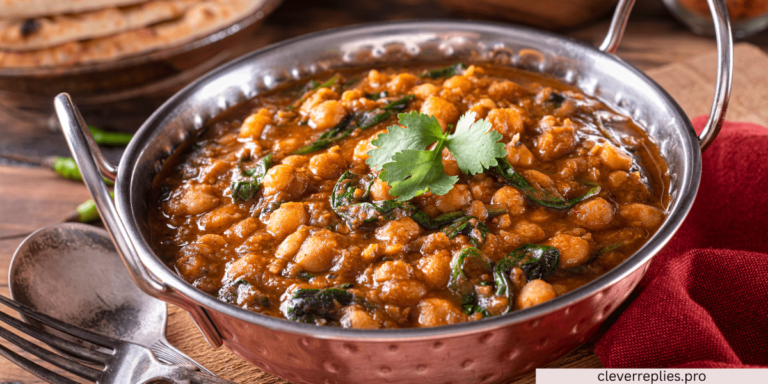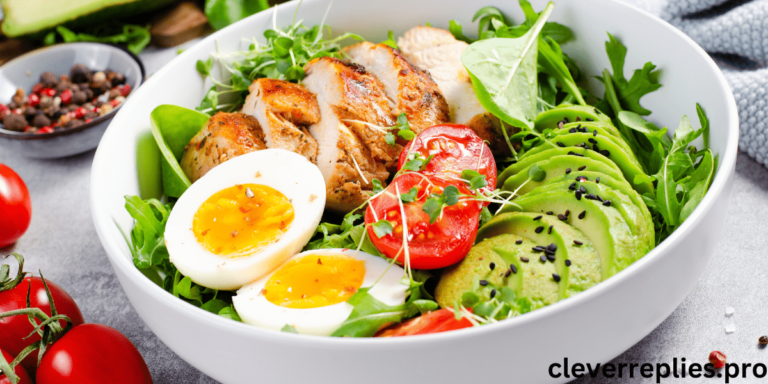How to Make Delicious Vegetable Soup at Home
Introduction
There’s something incredibly comforting about a warm bowl of vegetable soup. It’s the ultimate embodiment of cozy meals and home-cooked goodness. Whether you’re seeking solace on a chilly evening or just looking to squeeze in more veggies, homemade vegetable soup is always a winner.
Imagine vibrant colors dancing in your pot—bright carrots, leafy greens, and hearty potatoes all mingling together to create an inviting aroma that fills your kitchen. Not only does it taste amazing, but it’s also packed with nutrients. Making vegetable soup at home allows you to control the flavors while using fresh ingredients tailored to your palate.
So grab your favorite chopping knife and let’s dive into the world of delicious vegetable soup!

Benefits of Eating Vegetable Soup
Vegetable soup is a powerhouse of nutrition. Packed with vitamins and minerals, it offers numerous health benefits.
Eating vegetable soup can boost your immune system. The variety of vegetables provides antioxidants that fight off illness and inflammation.
It’s also an excellent way to increase your daily vegetable intake. With each bowl, you get essential nutrients like fiber, which supports digestive health.
Additionally, vegetable soup is low in calories yet filling. It’s perfect for those looking to maintain or lose weight without sacrificing flavor or satisfaction.
The warmth of the soup can be comforting during colder months. It’s not just food; it’s a hug in a bowl that promotes emotional well-being too.
Whether homemade or store-bought, there are countless options available. This versatility ensures there’s always something new to enjoy while reaping the rewards of this nutritious dish.
Choosing the Right Vegetables for Your Soup
When it comes to vegetable soup, the right vegetables can make all the difference. Freshness is key. Visit your local market or grocery store and look for vibrant, crisp options.
Classic choices include carrots, celery, and onions. These form a flavorful base known as mirepoix. Adding them will enhance your soup’s depth.
Consider seasonal vegetables too. Zucchini in summer or root veggies like sweet potatoes in fall provide unique tastes that reflect the time of year.
Don’t shy away from leafy greens either; kale or spinach adds nutrition and color. Remember that cooking times vary among vegetables; chop them accordingly to ensure even cooking.
Experiment with textures by mixing crunchy and softer varieties for an interesting mouthfeel. Each ingredient should complement the others while shining through its natural flavor!
Essential Ingredients and Equipment
To create a delightful vegetable soup, having the right ingredients is key. Fresh vegetables like carrots, celery, and tomatoes form the foundation. Don’t forget leafy greens such as spinach or kale for added nutrition.
Herbs and spices can elevate your soup’s flavor profile. Bay leaves, thyme, and garlic are excellent choices that enhance taste without overpowering it. A splash of lemon juice at the end adds brightness.
In terms of equipment, a large pot is essential for simmering all those delicious ingredients together. If you prefer a smooth texture, consider using an immersion blender to puree your soup directly in the pot.
Measuring cups and spoons will help ensure balanced flavors throughout your cooking process. Having a good quality knife on hand makes chopping veggies quick and easy too! With these essentials ready to go, you’re set to craft a warming bowl of vegetable goodness.
Step-by-Step Recipe Instructions
Start by gathering all your ingredients. Fresh vegetables, vegetable broth, and herbs are key. Chop your chosen veggies into bite-sized pieces for even cooking.
Heat a large pot over medium heat and add a splash of olive oil. Toss in minced garlic and diced onions first; sauté until fragrant and translucent.
Next, introduce your firmer vegetables like carrots and celery to the pot. Let them cook for about five minutes before adding softer options such as zucchini or bell peppers.
Pour in the vegetable broth, ensuring everything is submerged. Bring it to a gentle boil, then reduce the heat to simmer.
Season with salt, pepper, and any herbs you love—thyme or bay leaves work wonders here. Allow it to simmer for at least 20 minutes until flavors meld beautifully.
Taste your soup occasionally throughout cooking; adjust seasoning as needed for that perfect finish!
Tips for Enhancing the Flavor of Your Soup
To elevate the taste of your vegetable soup, consider adding a splash of acidity. A squeeze of fresh lemon juice or a dash of vinegar can brighten up the flavors.
Herbs are also game-changers. Fresh herbs like basil, parsley, and thyme add depth. If you prefer dried herbs, use them wisely; they often have more concentrated flavors.
Don’t shy away from spices either. A pinch of cumin or smoked paprika introduces warmth and complexity to your dish.
Sautéing aromatics like garlic and onions before adding vegetables creates a flavorful base that enhances everything else in the pot.
Finish with a drizzle of high-quality olive oil just before serving. This adds richness and ties all the ingredients together beautifully.
Creative Variations and Additions to Try
Elevate your vegetable soup with creative variations that delight the palate. Consider adding a splash of coconut milk for a creamy, tropical twist. It pairs beautifully with carrots and sweet potatoes.
Try experimenting with grains like quinoa or farro to add texture and heartiness. These ingredients not only boost nutrition but also make your soup more filling.
For an unexpected kick, toss in some diced jalapeños or sprinkle red pepper flakes before serving. This adds warmth without overpowering the freshness of the vegetables.
Herbs can transform your basic recipe into something special. Fresh basil, cilantro, or dill can brighten flavors significantly.
Don’t forget about proteins! Beans or lentils introduce substance while keeping it plant-based. You could even mix in leftover roasted chicken if you prefer added meatiness.
With these variations, every bowl becomes a new experience waiting to be discovered.
Conclusion
Homemade vegetable soup is more than just a meal; it’s an experience. Each spoonful delivers warmth, comfort, and nutrition. By crafting your soup at home, you have the freedom to customize it according to your tastes and dietary needs.
As you experiment with different vegetables and spices, you’ll discover new favorite combinations. The beauty of vegetable soup lies in its versatility—whether you’re seeking something hearty or light, there’s a recipe for everyone.
Enjoy the process of making your own soup as much as savoring its rich flavors. Share it with family or friends for a cozy gathering or relish it solo on a chilly day while curled up with a good book.
So gather those fresh ingredients from your kitchen or local market and start creating that delicious bowl of warmth today! Your taste buds will thank you, and so will your body.







